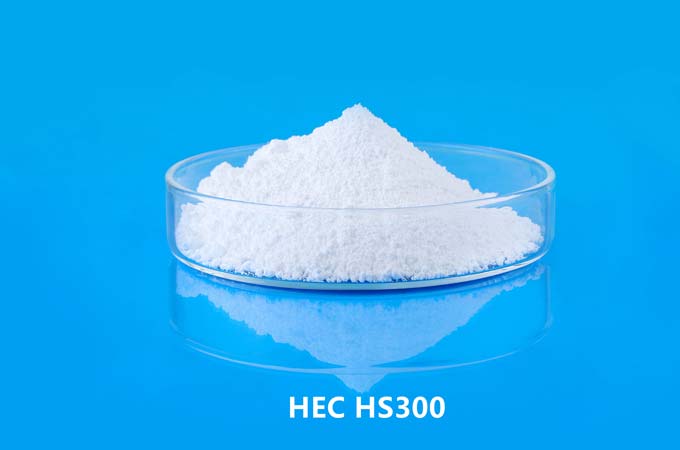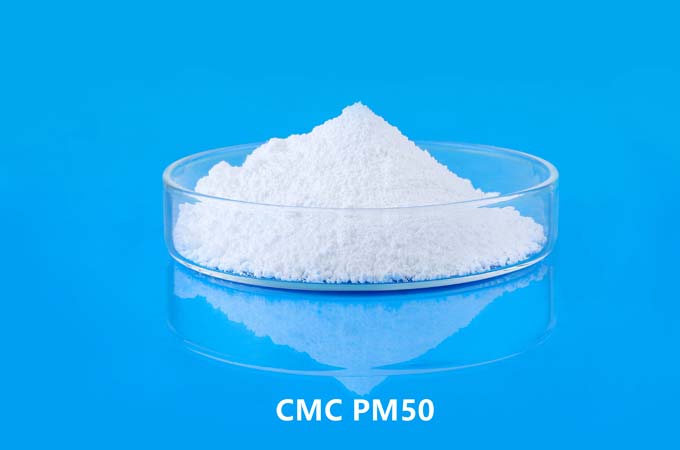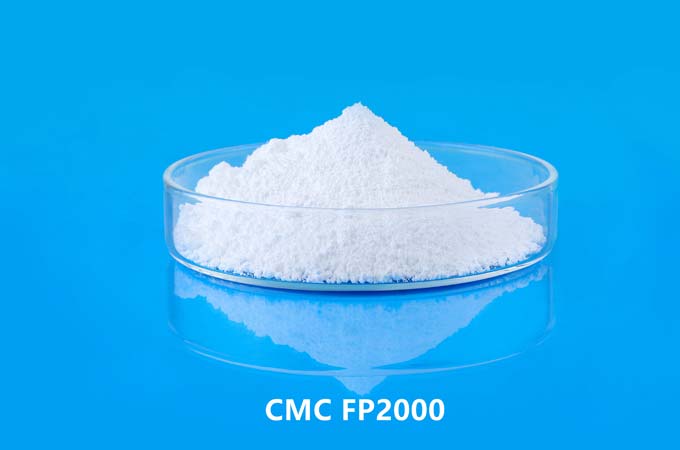Superplasticizer is a chemical additive used in the production of concrete to enhance its workability, flow and strength properties. These substances belong to a class of admixtures known as superplasticizers, which play a vital role in modern concrete technology. Superplasticizers are used to achieve specific performance requirements of concrete mixtures, thereby improving construction processes and developing high-performance concrete structures.
The main function of superplasticizers is to reduce the amount of water required in the concrete mixture without affecting its workability. Water is an important component of concrete because it is required for the hydration of cement particles, which in turn contributes to the strength and durability of concrete. However, excessive moisture content can lead to problems such as increased porosity, reduced strength and reduced durability.
The function of superplasticizer is to disperse the cement particles more effectively, thus improving the fluidity of the concrete mixture. This improved dispersion is achieved by adsorbing superplasticizer molecules onto the surface of the cement particles, resulting in a more fluid, more homogeneous mixture. As a result, concrete can be poured and placed more easily and exhibits enhanced flow properties without the need for excess water.
There are many types of superplasticizers, each with its own chemical composition and mode of action. Some common types include sulfonated melamine formaldehyde (SMF), sulfonated naphthalene formaldehyde (SNF), polycarboxylate ethers (PCE), and lignosulfonates. These superplasticizers can be classified based on their chemical structure, and the choice of specific type depends on factors such as desired concrete properties, environmental conditions, and construction requirements.
A significant advantage of superplasticizers is their ability to produce high-strength and high-performance concrete. By reducing the water-cement ratio, superplasticizers help develop dense, dense concrete mixtures, thereby improving compressive strength and durability. This is particularly important in the construction of structures such as bridges, high-rise buildings and infrastructure projects where high-strength concrete must be used.
In addition to improving workability and strength, superplasticizers have several other advantages in concrete construction. They can enhance the pumpability of concrete, making it easier to transport and place in challenging locations. The increased fluidity also facilitates the casting of complex shapes and forms, allowing for greater design flexibility in architectural and structural applications.
It is important to note that while superplasticizers offer many advantages, their use requires careful consideration of dosage, compatibility with other admixtures, and potential interactions with the specific cementitious materials used. Excessive use of superplasticizer can lead to problems such as excessive slump loss, delayed setting time, and reduced cohesion of the concrete mix.
Superplasticizers are an important component of modern concrete technology and play a vital role in improving the workability, flowability and strength properties of concrete mixtures. By reducing the water-cement ratio and enhancing the dispersion of cement particles, superplasticizers help produce high-performance concrete, enabling the construction of durable and structurally sound infrastructure. Careful selection and dosage of superplasticizers are key factors in optimizing their advantages while avoiding potential disadvantages in concrete construction.
In summary, superplasticizers are essential chemical additives in modern concrete technology, significantly enhancing workability, flow, and strength properties by reducing the water-cement ratio and improving cement particle dispersion. They enable the production of high-performance concrete, crucial for constructing durable and structurally sound infrastructure. However, careful selection and dosage are vital to maximize benefits and avoid potential issues. If you have any questions or need further assistance, please consult Kima Chemical Co. Ltd., and we will be happy to help.
 English
English 日本語
日本語 français
français Deutsch
Deutsch Español
Español italiano
italiano русский
русский português
português العربية
العربية Türkçe
Türkçe Nederland
Nederland



